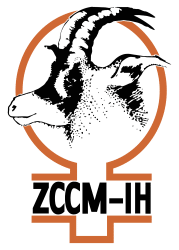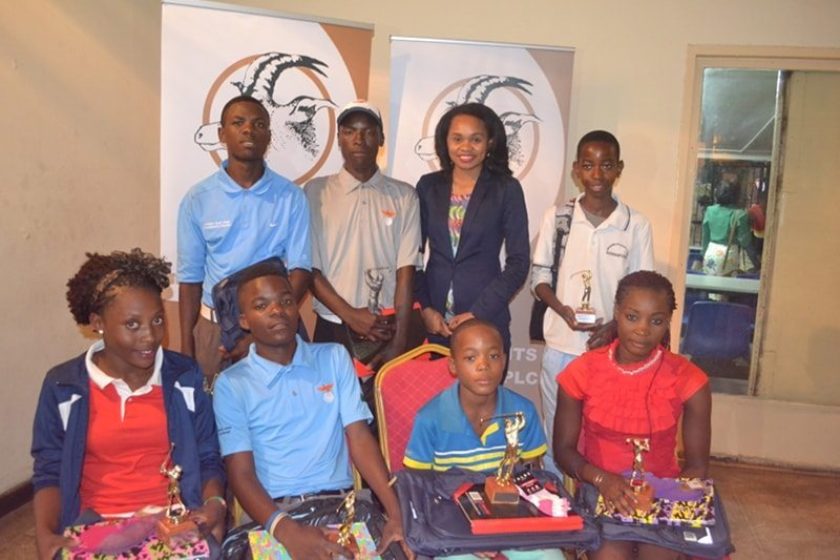ZAMBIA’S mining sector is set to continue on a recovery path with 5,000 new jobs expected to be created on the Copperbelt next year by China Non-Ferrous Corporation Africa (NFCA) when its US$832 million South East Ore Body (SEOB) project in Chambishi becomes operational.
Thousands more jobs will be created by Mopani Copper Mines (MCM) at its operations in Kitwe and Mufulira through multi-million dollar investments that will certainly change the economic status of the Copperbelt Province.
MCM Plc, a unit of global commodity trader and Switzerland-based Glencore Xstrata, will receive investment of over US$1.1 billion from Glencore to sink three copper mine shafts with new technology that will extend the mine’s life by over 25 years.
Glencore plans to make the investments between now and 2018, and it is expected that MCM will be turned into a world-class mining operation by 2023. And NFCA, which has 3,000 employees, is developing an underground mine located within the Chambishi Mine licence area, about seven kilometres south-east of the main ore body.
The jobs galore will not only benefit unemployed Copperbelt youths but also the workers who recently lost jobs in the mining sector due to falling copper prices on the international market. The development of the SEOB project is in line with the development agreement signed in 1998 between government and NFCA, covering three ore bodies that include the main one and the west ore body.
Known reserves for the SEOB lie between 550 metres and 1,200 metres deep and the designed annual copper ore production capacity is 3.3 million tonnes containing 60,000 tonnes of copper. NFCA chief executive officer Chunlai Wang says the 5,000 jobs to be created will be for Zambians and that the company’s copper output is also expected to reach 100,000 tonnes from 30,000 tonnes per year when the SEOB project starts full production.
Mr Wang says although there is a positive trend in employment levels, diminishing mineral resources at NFCA’s main ore body could result in reduction in employment levels hence the development of new projects. “In order for NFCA to increase productivity and profitability and ensure continued and guaranteed revenue contribution to the government and the local community, we are developing the South East Ore Body with an investment of US$832 million.
“The company endeavours to develop and operate the South East Ore Body project to process the ore deposit to concentrate stage. At full production, the project is expected to employ 5,000 Zambians,” Mr Wang shares.
According to Mr Wang, the project’s estimated contribution to the government is US$4.9 billion in 25 years, of which US$302 million will be through dividends to the Zambia Consolidated Copper Mines Investments Holdings (ZCCM-IH) for its 15 percent shareholding. And US$4.6 billion will be raked from various taxes such as the pay as you earn (PAYE), mineral royalty, company income tax and value added tax (VAT).
The company is also on top of things in terms of fulfilling its corporate social responsibility obligations by ploughing back part of its resources into communities in which it operates. NFCA has so far spent K13 million on the resettlement of residents of Mukulumpe, Twashuka and the host land areas, who were relocated to Fitanda in 2012 to pave way for the company to expand its operations.
The company has since handed over 90 houses to affected families, a health post, five classrooms with two offices, water supply facilities and two churches all valued at K13,297,500.
The massive investment in the project that guarantees jobs to the local people and those in surrounding towns has cheered Kalulushi member of Parliament Rayford Mbulu.
Mr Mbulu, who is also Deputy Minister of Foreign Affairs, says the Patriotic Front government is happy with NFCA’s project as it will greatly contribute to Zambia’s economic development. He said the 5,000 jobs that will be created when the SEOB project becomes operational, will change the lives of many Zambians who will secure employment. “As the local authority, we will support development brought to our district and the country at large,” Mr Mbulu points out.
He has commended NFCA for restoring the dignity of 90 families that were relocated to Fitanda area to pave way for the development of the multi-million dollar project. “The success of the project shows what can be achieved when all stakeholders share a common vision,” Mr Mbulu says of the SEOB project, whose exploration works were done between 2008 and 2011.
With the job losses which recently embroiled the mining sector resulting in MCM retrenching over 4,000 workers with Chibuluma Mines and Konkola Copper Mines also trimming part of the workforce, NFCA’s move is most welcome. Mineworkers Union of Zambia general secretary Joseph Chewe says mine unions will always support investments that are aimed at creating jobs for Zambians and contributing to national economic development. “We’ll always support such investments. So many Zambians will be employed and it will boost the country’s revenue from the mines. We would like to commend NFCA for such a massive project,” Mr Chewe notes.
And Jonathan Bwalya, a school-leaver residing in Chambishi, says young people in the area are anxiously looking forward to the completion of the project so that they can get employed at the new project. “We can’t wait to get permanent jobs at this mine. We are tired of working for contractors who pay us peanuts which can’t even sustain us,” Mr Bwalya says.
NFCA is a large-scale mining company operating in Kalulushi district on the Copperbelt and is co-owned by China Non-Ferrous Metal Mining Company Limited (CNMC) and ZCCM-IH. CNMC is the major shareholder in NFCA with 85 percent stake, while ZCCM-IH holds 15 percent shares.
NFCA acquired Chambishi Mine in 1998, and in 2000 it embarked on the refurbishment of its underground and surface facilities at a cost of US$160 million.
Chambishi Mine started as an open pit mine in 1965 but was closed in 1978. Underground mining started in 1974 but was closed in 1987 and the mine was placed under care and maintenance due to high production costs.
In October 2002, NFCA, which holds a large-scale mining licence, commenced production of copper concentrates.
So far, the main ore body and the west ore body are fully developed with the maximum production capacity of two million tonnes of copper ore per year containing 32,000 tonnes of copper.
The mining sector accounts for almost 70 percent of Zambia’s export earnings and remains the major productive industry which has attracted over US$8 billion in investments.
Source: Daily Mail Zambia


